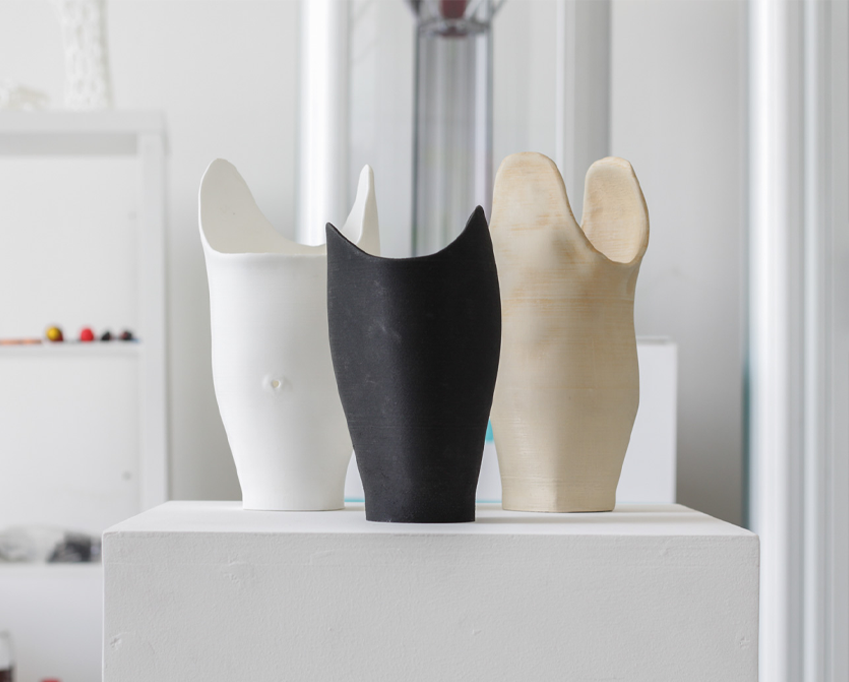
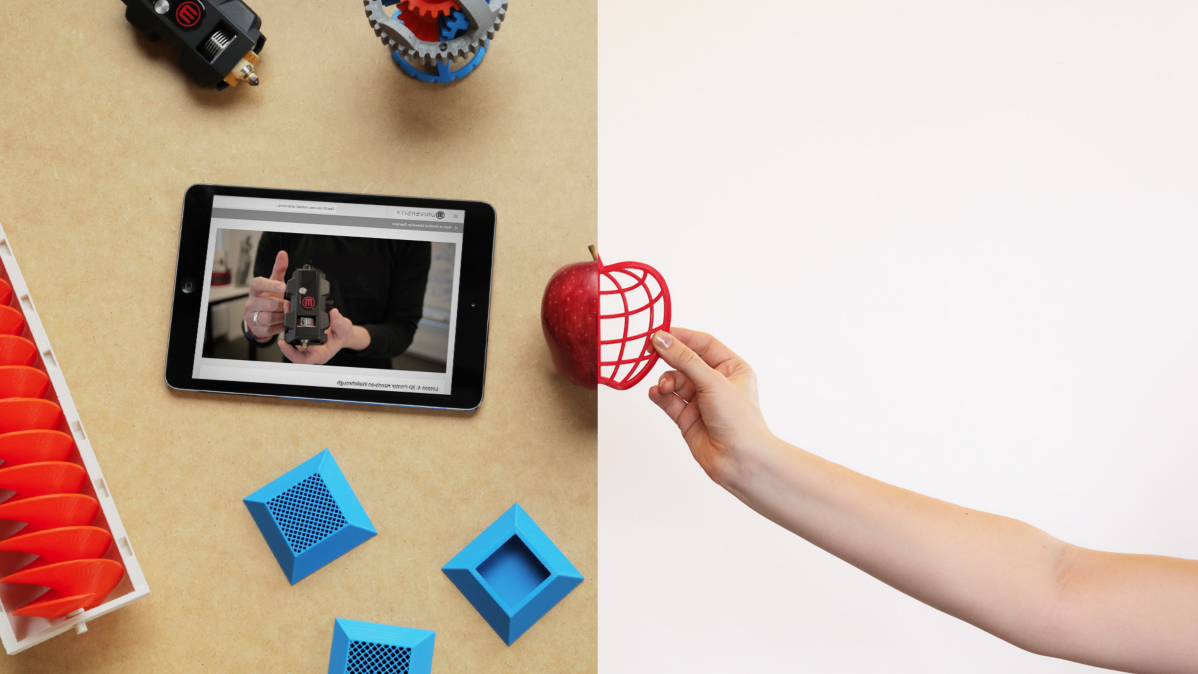
| Prosthetics
3D Printing is aiding the medical industry in many ways, one of the most significant examples is the production of 3D printed prosthetic limbs, particularly for children.
Traditional Prosthetics can be expensive, especially for growing children who need new prosthetics every time they have a growth spurt. 3D printing offers an affordable and stylish alternative, that can be made quicker than the standard prosthetic, and can be incredibly versatile. CAD software allows anatomical data of the patient to be used to create prosthetics that fit the patient perfectly, meaning no more discomfort.
Shop Medical 3D Printers
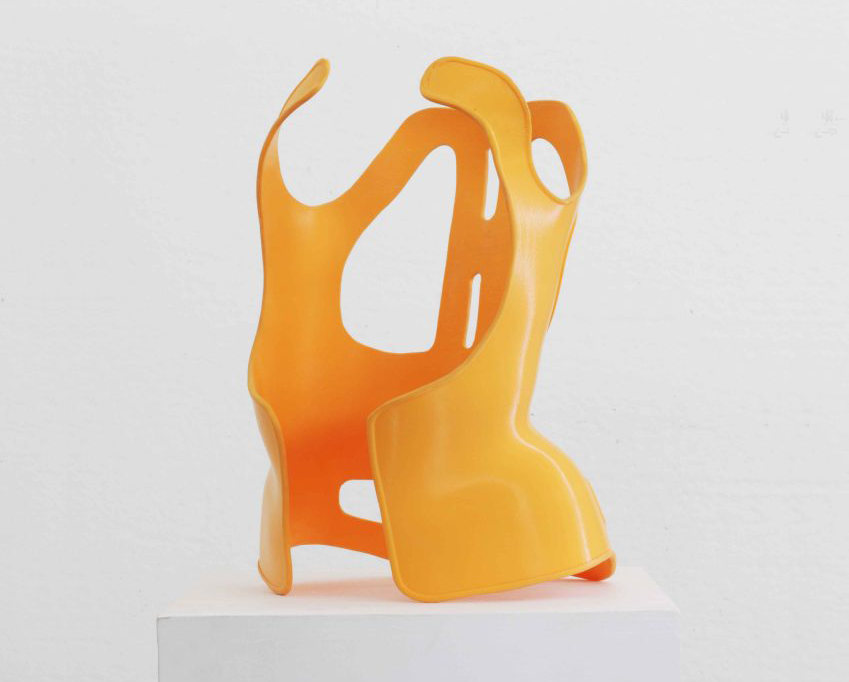
| Orthopaedics
3d printing offers lot of advantages as it works very well on complex shapes. Every patient is a specific case, no two the same. 3D printing is not just used for prototypes but more often than not final products. The combination of 3D scanning to give accurate and comprehensive images of a patients’ body allows perfect fit to be generated in bespoke 3D printed aids such as corsets, braces and orthopaedic inserts.
Optimisation of the design of an aid takes advantage of all the flexibilities of 3D printing, scanned images can be manipulated before print to improve the effectiveness of an aid in a way that a cast mould cannot be amended. All of this is done quickly and at no extra manufacturing cost; and where more than one part is needed 3D printing gives absolute repeatability.
Shop Medical 3D Printers

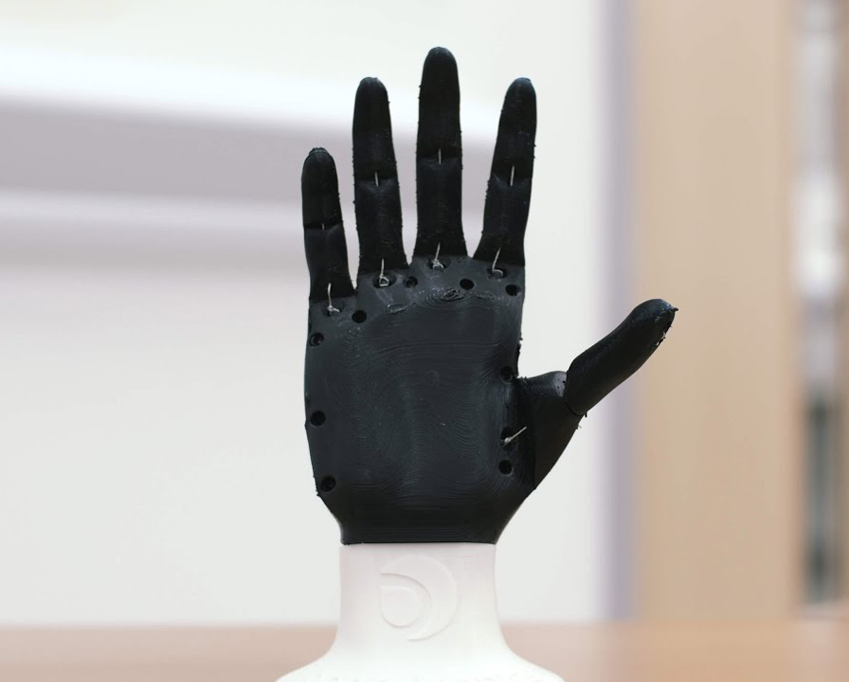
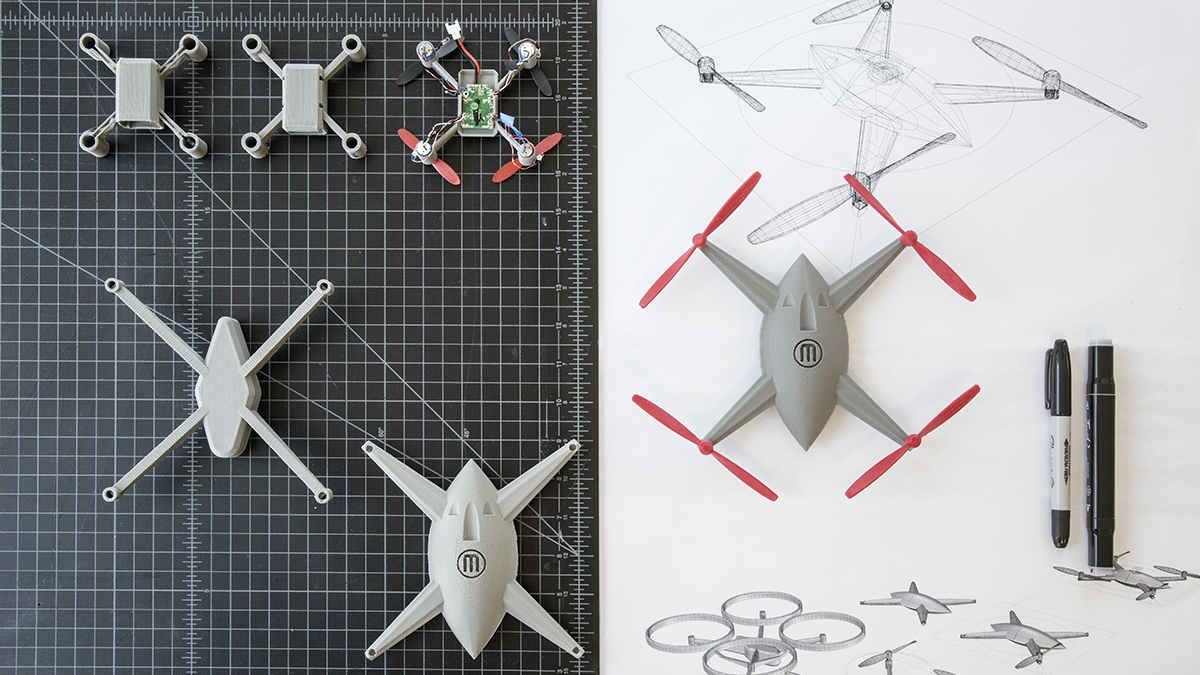
| Pharmaceutical Research
Additive Manufacturing has always played a huge role in the healthcare industry, and with a wide range of applications it is continuing to expand our knowledge, improve our lives and provide inspiring innovation.
3D printed medical devices can help researchers better visualise and understand complex health cases. This process can be used to develop patient-specific solutions i.e. “personalised medicine”, and because of its versatility, 3D printing also has medical applications within the regulated drugs and biologics fields.
Shop Medical 3D Printers
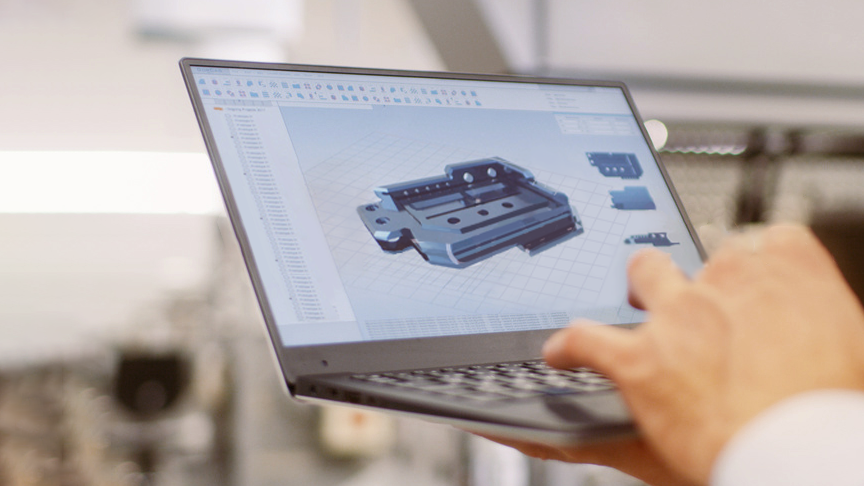
| Medical Devices & PPE
The range of materials suitable for 3D printing allows for performance in virtually all of the medical applications that you can think of. Engineering grade materials where strength is key, PETG for contact with the face, flexible materials of various grades to enable parts that flex and bend with the body, and inert materials for use as replacement joints. 3D printing is a real enabler across the sector.
‘Disruptive’ technology not only expedites the process of designing and developing key device parts, but as the current Covid-19 crisis has demonstrated allows for the harnessing of a network of distributed single and small clusters of 3D printers to ramp up ‘mass’ production in a manner that traditional manufacturing processes could not.
Shop Medical 3D Materials
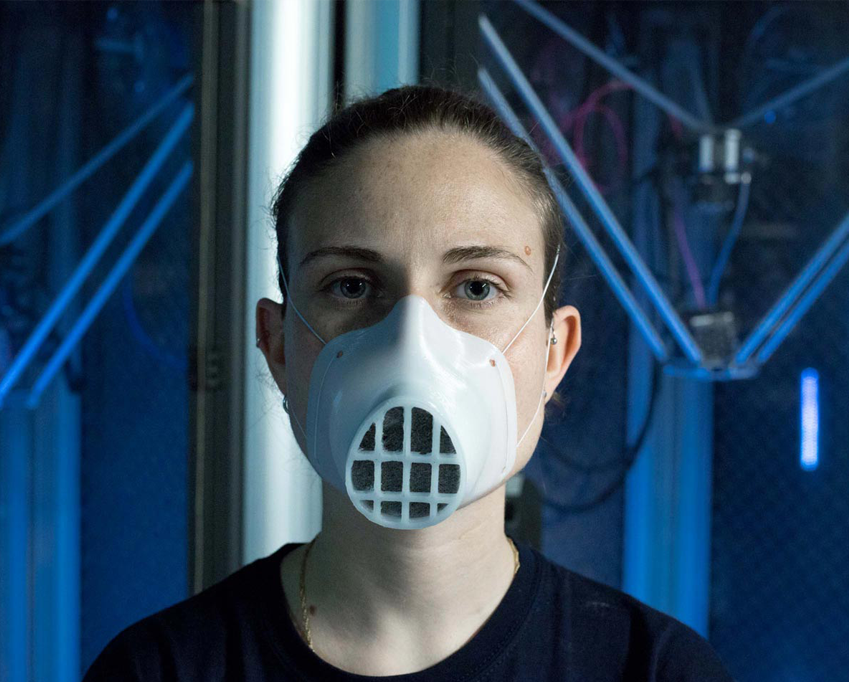
| Testimonials
-
We are now printing fully up and running with the WASP 2040 Pro and are very happy with it. It seems perfectly suited to printing covers for our bionic arms. Mainly the taller build volume is giving us more design freedom to fit user's with longer arms, but we're also very pleased with the print quality and speed of prints. It's quickly becoming our preferred way to produce covers over our traditional ‘cartesian’ machines.







